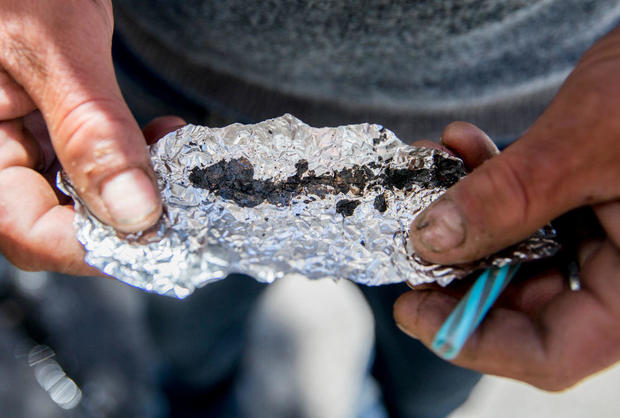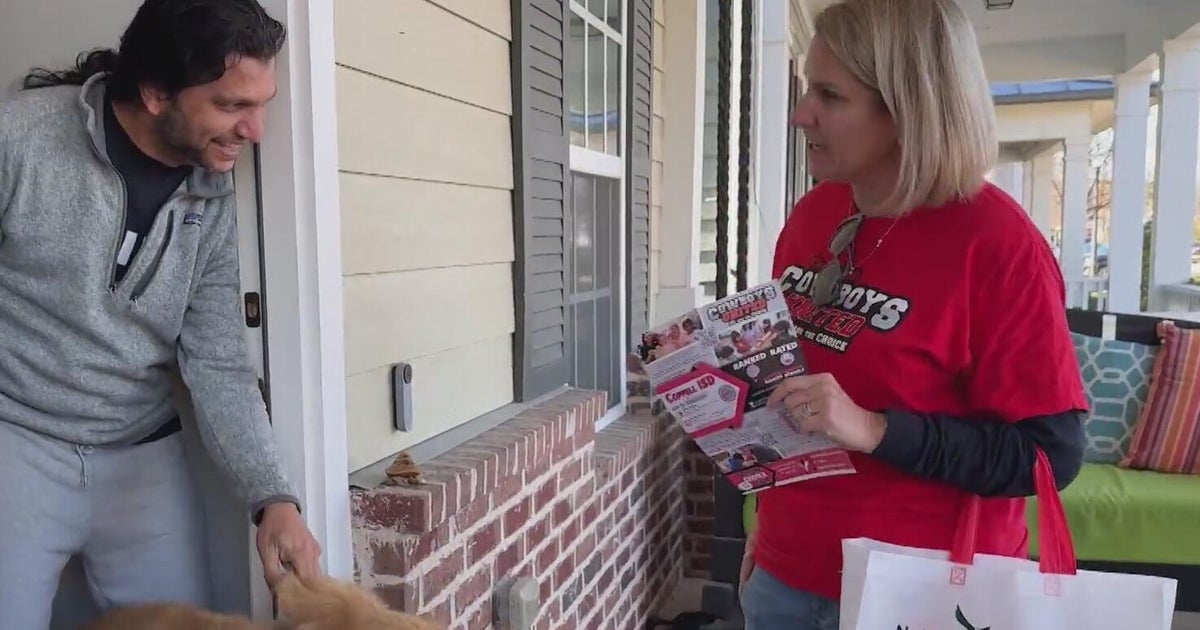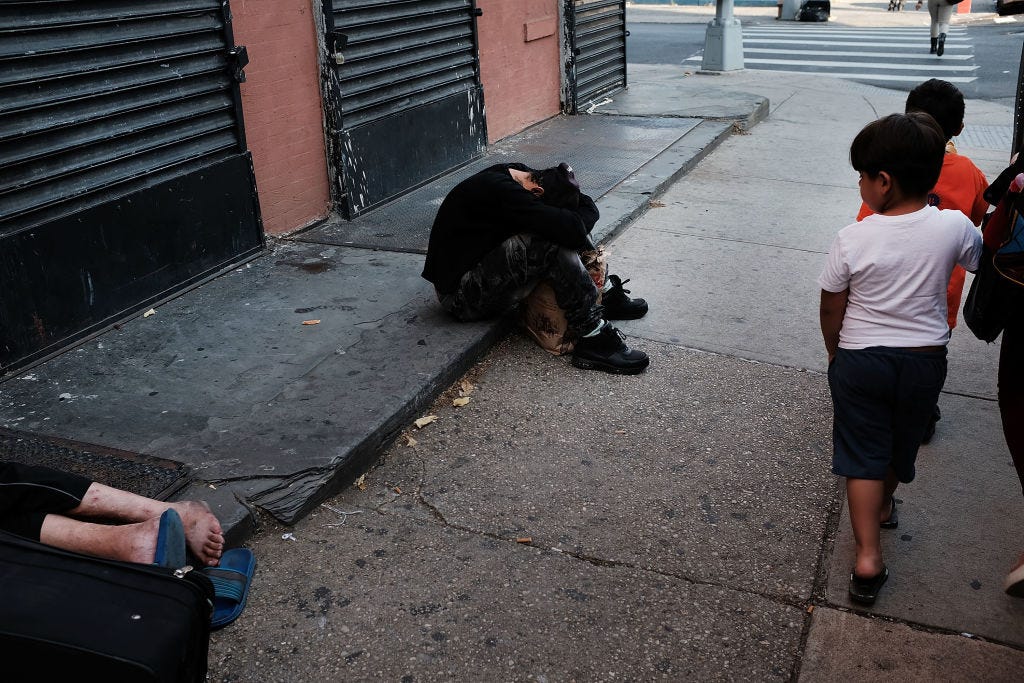"This is a poisoning": Federal government and advocates seek new ways to combat drug overdose crisis
Drug overdoses and deaths in the United States are skyrocketing, so states and the federal government are coming up with new ways to combat the crisis. Drug overdose deaths topped 100,000 during the 12-month period ending April 2021 — an increase of more than 28% from the year before.
Jaime Puerta's son, Daniel, was just 16 years old when he died of an overdose in 2020.
"When I opened the door to his room on April the 1st, I saw my son lying in — with his arms across his chest. His eyes were slit. He was ashen gray and he had a blue tint on top of his lip. And I just started screaming from the top of my lungs, 'Daniel, Daniel, Daniel,'" Puerta told CBS News.
Near his son was half of what looked like a blue oxycodone pill, which Puerta said his son bought from a dealer on social media.
"And I said, 'An overdose?' And I go, 'Well, what did he overdose on?' The pill that he had ingested was pure fentanyl. This is not an overdose. This is a poisoning," he said.
Daniel had struggled with substance use and mental health in the past, but his father said he wasn't addicted to pain pills.
Puerta said the way fentanyl has transformed the drug landscape requires a new conversation around drugs in which there's little to no space for curiosity or experimentation.
Last year was the deadliest for overdoses in the U.S. Since 2018, the Drug Enforcement Administration has seen a more than 50-fold increase in the number of counterfeit fentanyl pills seized, and the number of those containing a lethal dose increased dramatically.
"When teenagers attempt to purchase the prescription drugs on the black market, more often than not they are sold fentanyl, colored, sized and stamped to look identical to the prescription drug," DEA special agent Bill Bodner told CBS News.
From 2014 to 2019, China was the leading source of illegal fentanyl. Since then, Mexico has topped the list, and while seizures of cocaine, meth and heroin by Customs and Border Protection officials have decreased in recent months, seizures of fentanyl continue to rise.
Fentanyl is more addicting and powerful than other drugs, making it better business in the black market. At the Brownsville, Texas, port of entry, stopping the rising flow of it is a constantly evolving task.
CBP director Tater Ortiz gave CBS News an inside look into the agency's hi-tech efforts. The new technology is used to take photos, x-rays and detect any kind of smuggled goods or people across the border.
Ortiz said he believes it will help curb the national fentanyl crisis. Brownsville is only one of two ports using the new technology so far — two out of 328 nationwide.
And while Puerta can't fight the supply of drugs in the same way, he has started a foundation to educate teenagers and parents. He hopes it will save lives.
"We're not going to arrest our way out of this. But education is key. We have to get the education into our high schools. Even if it scares them," he said.
"I find solace knowing that my son is in a much better place than I am, and that he will be waiting for me when it's my time to go," Puerta added. "And then he can say, 'Dad, you did good in my name. You did your best. I saw you trying to save lives. I'm proud of you, dad.' Oh, boy. That's all I want."







